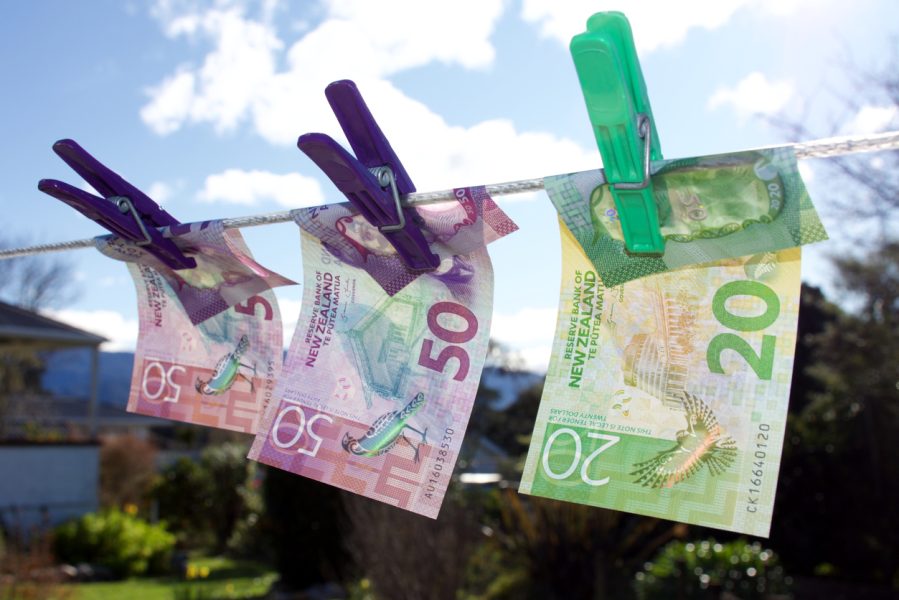
GSTN under PMLA: Promising but perilous path in battle against money laundering

The government’s move to incorporate the Goods and Services Tax Network (GSTN) within the Prevention of Money-laundering Act (PMLA) framework is being seen as a decisive countermeasure to the escalating issue of GST fraud.
However, the effectiveness of this decision will greatly depend on the robustness of information sharing between agencies, the enforcement of accountability, and the safeguarding of small and medium businesses.
The Finance Ministry, with its recent notification, has amended a 2006 provision, thereby enabling more seamless information sharing between the GSTN, the Enforcement Directorate (ED), and other investigative agencies. Based on Section 66 of the PMLA, this modification augments the capacity to disclose information, a potent tool for unmasking fraudulent activity.
Explainer: GSTN now under purview of PMLA; what does this mean for ED, others?
This inclusion of GSTN under PMLA follows the addition of 15 agencies to the network last year, reinforcing the government’s intention to form a tight-knit web of investigative bodies, sharing vital data to clamp down on economic crime. The surge in GST fraud and bogus registrations underscores the need for this paradigm shift. By including the GSTN under PMLA, the authorities have a stronger mandate to pinpoint the genuine beneficiaries of suspicious transactions.
According to experts, the ED will primarily share collected information with the GST department rather than directly conducting investigations, as money laundering isn’t identified as a scheduled offence. As per Section 66 of the PMLA, only the exchange of information is permitted, leaving the penalisation of offences to their respective legislative acts.
Journey of GST
However, the journey of GST, hailed as the economic integrator of the nation, has yet to be smooth. The initial concept has undergone numerous changes, often diluting original mechanisms such as invoice matching to accommodate the nation’s needs and technical preparedness. Such compromises, though well-intentioned, have inadvertently provided loopholes for large-scale tax evasion, including fraudulent claims of input tax credits (ITC), creating a landscape riddled with “credit laundering.”
The menace of credit laundering, involving the misuse of ITC via the sale and purchase of bogus invoices, has become rampant. The alarming figure of Rs 15,000 crore, as the Union Finance Ministry recently stated, highlights the massive impact of such fraudulent activities on the economy, Radhe Shyam pointed out in an article for LegalserviceIndia.com.
In an equally disturbing trend, some firms have created parallel economies by physically moving goods without paying any tax. Others inflate their turnovers through bogus GST transactions to secure loans from banks, diverting funds and further fuelling a murky underworld economy.
Also read: Byju’s may need a management overhaul to rescue itself
Critics say revisiting previously abandoned mechanisms and exploring new control measures is essential. Radhe Shyam said that mandatory invoice matching for claiming an ITC, regulating E-way bill generation, instituting stricter registration checks, and aligning bank procedures with GST data are critical steps that could effectively counter tax evasion.
Checks and balances
Incorporating the GSTN under the PMLA marks a significant stride towards curbing money laundering. However, the ultimate success of this initiative will hinge on the robust enforcement of reforms, safeguarding genuine businesses while cracking down on fraudsters. As we adapt the GST system to suit the nation’s needs, we must ensure that the balance between ease of doing business and financial integrity is not compromised.
This new paradigm introduces GSTN into the broader network of the PMLA, underpinning an integral part of the government’s strategy to fight financial crime. Nonetheless, it also presents a complex task of coordination and streamlined execution across several agencies, each with distinct mandates and operational modalities. Synchronising efforts to detect, investigate, and prosecute GST fraud cases will demand unprecedented inter-agency collaboration.
While combating money laundering, it’s equally essential to ensure that this doesn’t inadvertently affect genuine businesses, particularly the small and medium ones that form the backbone of the Indian economy. Hence, the authorities must strike a delicate balance – creating a framework that is stringent enough to deter and detect fraud yet flexible enough not to stifle entrepreneurial innovation and growth.
Transparent communication about the steps taken, and the rationale behind them, can engender a culture of compliance, contributing significantly to the battle against financial crime.
Money laundering in GST regime
With the implementation of GST in India, the tax rate on certain valuable items has been reduced considerably. This change has created opportunities for importers of this item to take advantage of trade agreements with other countries that allow it to be imported without paying customs duty.
Also read: FM nudges PSU banks to take swift action against frauds, wilful defaulters
According to CA Mayur Joshi of Indiaforensic.com, this is how the laundering process works:
- An Indian importer establishes an export company in a different country.
- This export company sources the item from manufacturers who obtain the raw materials from the Indian company’s branches in other countries.
- The manufacturers add a small percentage of manufacturing costs and a markup to the item’s value.
- The manufacturer sends an invoice to the Indian importer’s registered company in the other country.
- The exporting firm ships the items to the Indian sister company by adding another percentage to the invoice.
- Due to the difference in tax rates, the Indian importer can overstate the value of the exported items, take advantage of the tax difference, and make the payment officially through a legitimate banking channel.
Financial institutions like banks can unwittingly become involved in this money laundering activity, unknowingly facilitating money transfers out of the country without proper taxation and oversight.

